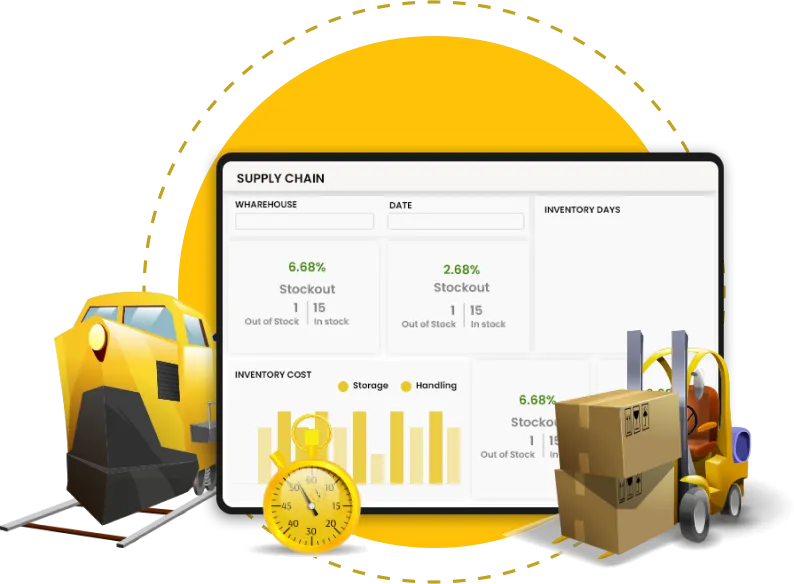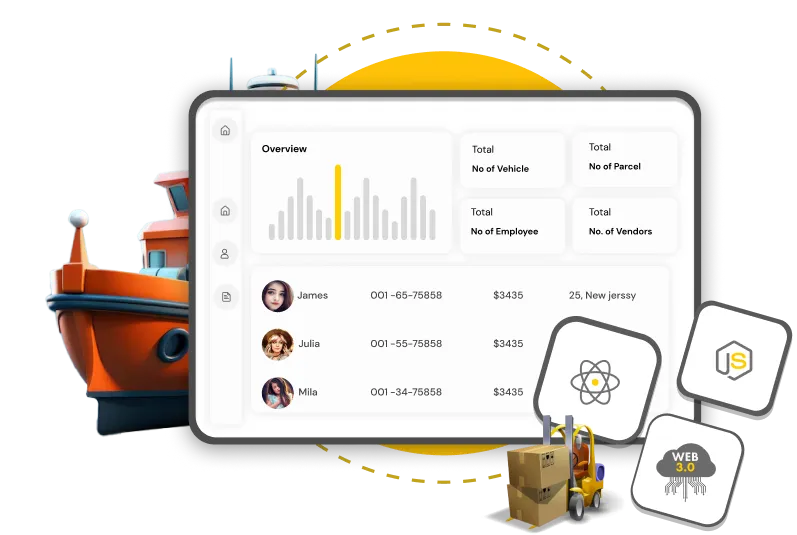Continuous Flow Model
One of the traditional types of supply chain is the continuous supply chain model. It ensures a steady flow of goods in stable environments. That is perfect for consistent products in low-volatility markets. It's all about cost-effectiveness and efficiency.
The key competencies for integration include electronic transactions, data sharing for demand management, and collaborative planning with key clients. It is highly recommended for unpredictable markets like agile, custom-configured, and flexible models.
Fast Chain Model
This type of supply chain is one of the newest names in the logistics in SCM. Many businesses prefer a fast chain model because they typically manufacture completed products with a brief market lifetime. This is an ideal strategy for businesses that introduce new products to make the business more trending.
Example: Let's take a fashion designer. They create designs according to the trend at the moment. Introducing these designs to the market that maximizes profits. This supply chain type is considered the best because it improves a company's competitive edge.
Efficient Chain Model
The efficient chain model is ideal for businesses in highly competitive markets where keeping their competitive edge requires high levels of efficiency in delivery logistics. This strategy places a high priority on efficient inventory management and getting the most out of production workers and equipment.
The Agile Model
If a company or firm manufactures specialized items on order, they may want to consider the agile supply chain model. It is a management strategy that is suitable for making, distributing, and selling goods for which there is occasional demand in the market.
With the agile model, a company can alter the supply chain to meet demand. For example, when the product's demand rises, supply chain operations can be enhanced, and eradicate these when there are few or no product orders.
The Custom-configured Model
Custom Configured Model is another type of supply chain that is nothing but it is the integration of continuous flow and agile supply chain models. With this custom supply chain model, businesses can customize their supply chain operations to meet their satisfactory requirements for their business.
Especially, it is useful if they can manufacture goods that have multiple configurations. Additionally, they can use the first model (continuous flow model) for the process before the product configuration and after that, it moves on to the agile model.
Flexible Model
The flexible model supply chain permits businesses to take advantage of peak season to produce more products and slow down production when the demand of the market is low. To execute these flexible models, a business needs the proper supply chain management software and the right people with the proficient knowledge to operate this flexible model supply chain with high efficiency.









